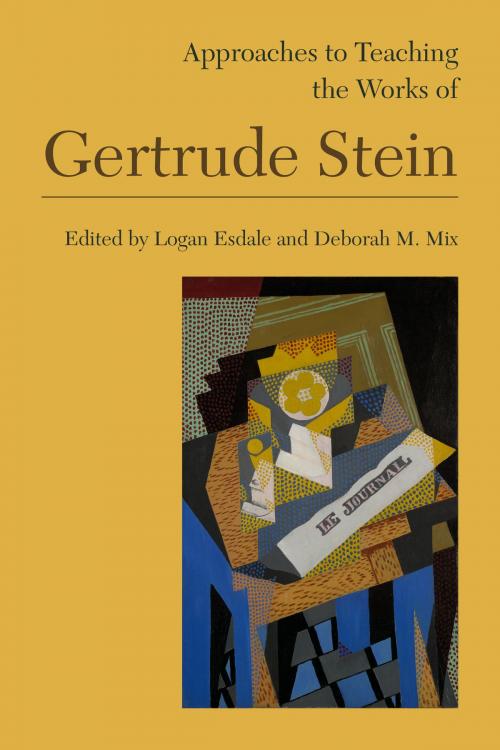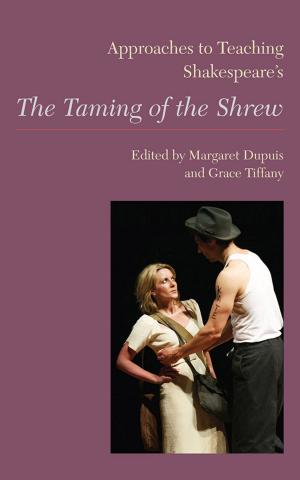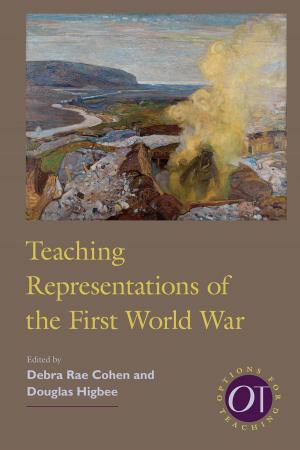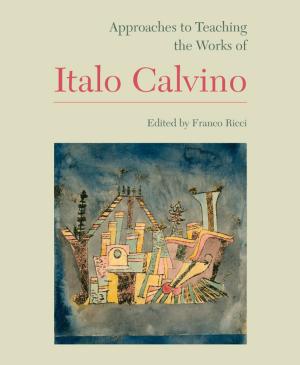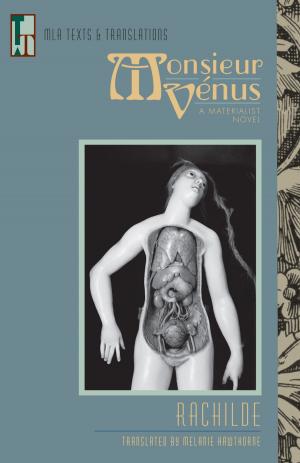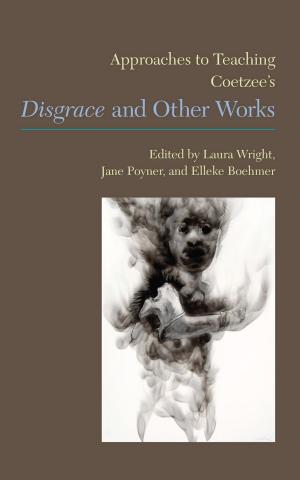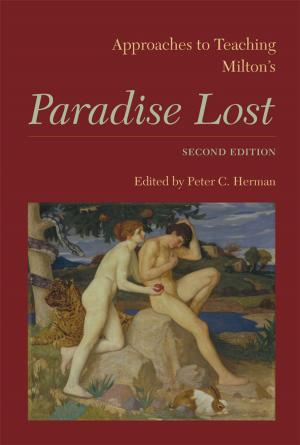Approaches to Teaching the Works of Gertrude Stein
Fiction & Literature, Literary Theory & Criticism, Women Authors, Nonfiction, Reference & Language, Language Arts, Study & Teaching, American| Author: | ISBN: | 9781603293457 | |
| Publisher: | The Modern Language Association of America | Publication: | August 1, 2018 |
| Imprint: | The Modern Language Association of America | Language: | English |
| Author: | |
| ISBN: | 9781603293457 |
| Publisher: | The Modern Language Association of America |
| Publication: | August 1, 2018 |
| Imprint: | The Modern Language Association of America |
| Language: | English |
A trailblazing modernist, Gertrude Stein studied psychology at Radcliffe with William James and went on to train as a medical doctor before coming out as a lesbian and moving to Paris, where she collected contemporary art and wrote poetry, novels, and libretti. Known as a writer's writer, she has influenced every generation of American writers since her death in 1946 and remains avant-garde.
Part 1 of this volume, "Materials," provides information and resources that will help teachers and students begin and pursue their study of Stein. The essays of part 2, "Approaches," introduce major topics to be covered in the classroom--race, gender, feminism, sexuality, narrative form, identity, and Stein's experimentation with genre--in a wide range of contexts, including literary analysis, art history, first-year composition, and cultural studies.
A trailblazing modernist, Gertrude Stein studied psychology at Radcliffe with William James and went on to train as a medical doctor before coming out as a lesbian and moving to Paris, where she collected contemporary art and wrote poetry, novels, and libretti. Known as a writer's writer, she has influenced every generation of American writers since her death in 1946 and remains avant-garde.
Part 1 of this volume, "Materials," provides information and resources that will help teachers and students begin and pursue their study of Stein. The essays of part 2, "Approaches," introduce major topics to be covered in the classroom--race, gender, feminism, sexuality, narrative form, identity, and Stein's experimentation with genre--in a wide range of contexts, including literary analysis, art history, first-year composition, and cultural studies.
